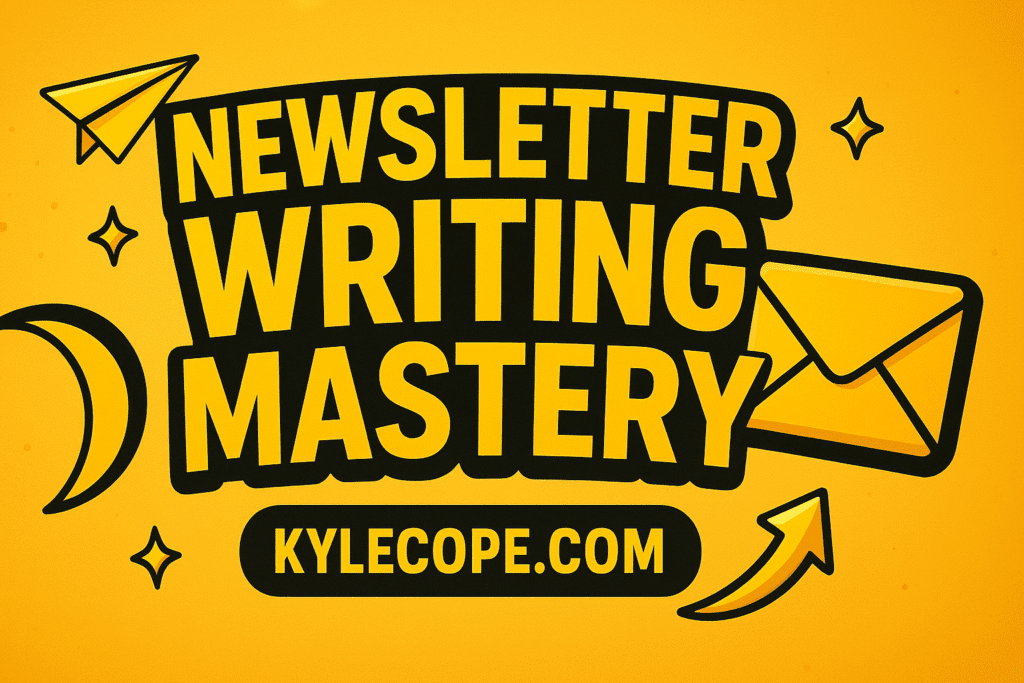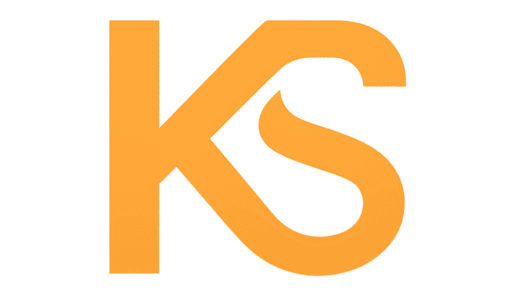
Introduction: Why Newsletter Writing Deserves Your Attention
Newsletter writing is not just about sending periodic updates. It is a deliberate communication strategy that strengthens relationships, nurtures trust, and keeps your audience engaged. Whether you are an educator, a digital agency, or an e-commerce brand, newsletters allow you to remain visible in a crowded marketplace. They provide a direct channel to your audience, free from the noise of social media algorithms, and they create a sense of personal connection that other forms of marketing often lack.
When executed with clarity and consistency, newsletters transform from simple updates into powerful storytelling tools. They allow you to share your mission, highlight your progress, and invite your readers into your journey. More importantly, they give your audience a reason to stay connected with you. By focusing on authenticity, clarity, and value, you can turn newsletters into a cornerstone of your digital communication strategy.
What Is Newsletter Writing?
Definition, Purpose, and Business Value
Newsletter writing refers to the structured creation of recurring written communications that inform, engage, and inspire a defined audience. Unlike casual updates, newsletters serve a clear purpose: to build trust, provide value, and foster a stronger relationship between sender and recipient. They often combine storytelling, updates, and calls to action, making them versatile tools for both personal and professional communication.
The business value of newsletters lies in their ability to create consistent touchpoints with your audience. They allow you to share updates, clarify your mission, and reinforce your brand identity. Unlike fleeting social media posts, newsletters land directly in inboxes, where they can be revisited and shared. This makes them a long-term investment in audience retention and brand loyalty. For a deeper understanding of how newsletters connect to broader communication strategies, explore What Is Copywriting?.
Why Newsletters Still Matter
ROI of Email Marketing, Audience Retention, and Brand Storytelling
Despite the rise of social media platforms, newsletters remain one of the most cost-effective marketing tools. Email marketing consistently delivers one of the highest returns on investment across digital channels. The direct nature of newsletters ensures that your message reaches your audience without relying on third-party algorithms. This makes them a reliable way to maintain visibility and engagement.
Beyond financial returns, newsletters excel at retaining their audience. They allow you to share stories that humanize your brand, highlight your progress, and invite readers into your journey. Storytelling transforms newsletters from transactional updates into meaningful conversations. By weaving narratives into your communication, you create emotional connections that keep readers engaged over time.
Types of Newsletters
Promotional, Educational, Editorial, Onboarding, and Re-engagement
Not all newsletters serve the same purpose. Understanding the different types allows you to design communication that aligns with your goals. Promotional newsletters highlight products, services, or special offers. Educational newsletters offer valuable insights, tutorials, and resources that position you as a trusted authority. Editorial newsletters share perspectives, opinions, or curated content that spark thought and discussion.
Onboarding newsletters guide new subscribers through your offerings, helping them understand your mission and how they can benefit from staying connected. Re-engagement newsletters target inactive subscribers with personalized messages that reignite interest. Each type serves a unique role in your communication strategy, and combining them strategically ensures that your audience receives a balanced mix of value and updates. For professional support in creating these formats, consider exploring copywriting services.
Newsletter Writing vs. General Copywriting
Tone, Format, Frequency, and Segmentation
While newsletter writing and general copywriting share similarities, they differ in tone, format, and frequency of use. Copywriting often focuses on persuasion and conversion, while newsletters emphasize relationship-building and consistent engagement. The tone of newsletters tends to be more personal, conversational, and authentic, whereas general copywriting often adopts a more direct and sales-oriented style.
Format also distinguishes newsletters from other forms of copy. Newsletters often combine multiple elements such as updates, stories, and calls to action within a single communication. Frequency also plays a critical role. While advertisements or landing pages remain static, newsletters require regular updates to maintain relevance. Segmentation further enhances effectiveness by tailoring content to specific audience groups. For businesses seeking expert guidance, it may be valuable to hire a copywriter who understands these nuances.
How to Write a Newsletter That Converts
Subject Lines, Preview Text, Body Copy, and CTAs
The success of a newsletter often depends on its first impression. Subject lines determine whether your email gets opened, making them one of the most critical elements. Strong subject lines are concise, intriguing, and relevant to the reader. Preview text complements the subject line by offering a glimpse of the content inside, encouraging readers to engage further.
Once opened, the body copy must deliver value. Clear, structured writing ensures that readers can easily follow your message. Calls to action (CTAs) guide readers toward the next step, whether that is visiting a website, signing up for an event, or making a purchase. Effective CTAs are specific, action-oriented, and aligned with the newsletter’s overall purpose.
Personalization, Segmentation, and Mobile Optimization
Personalization increases engagement by making readers feel recognized and valued. Using names, tailoring content to interests, and acknowledging past interactions all contribute to stronger connections. Segmentation ensures that different audience groups receive content that resonates with their needs. For example, new subscribers may receive onboarding content, while long-term supporters may receive updates on progress and impact.
Mobile optimization is no longer optional. A significant portion of readers access newsletters on mobile devices, so formatting must adapt to smaller screens. Short paragraphs, clear headings, and responsive design ensure that your message remains accessible and engaging across all devices.
Newsletter Copywriting Tips
A/B Testing, Storytelling, and Formatting
A/B testing allows you to refine your newsletters by comparing different versions of subject lines, CTAs, or layouts. By analyzing performance, you can identify what resonates most with your audience and continuously improve your communication. This iterative approach ensures that your newsletters remain effective over time.
Storytelling remains one of the most potent tools in newsletter writing. Sharing personal experiences, highlighting real-life examples, and weaving narratives into your updates create emotional connections. Readers are more likely to remember stories than statistics, making storytelling a critical component of effective communication.
Formatting also plays a vital role. Clear headings, bullet points, and concise paragraphs improve readability. Visual elements such as images or graphics can enhance engagement, but they should always support the message rather than distract from it.
Newsletter Writing Services: What to Expect
Strategy, Templates, Automation, and Analytics
Professional newsletter writing services provide more than just content creation. They offer strategic guidance to align newsletters with your broader communication goals. This includes defining audience segments, clarifying messaging, and establishing a consistent tone of voice. Templates streamline the design process, ensuring that your newsletters maintain a cohesive look and feel.
Automation enhances efficiency by scheduling newsletters, segmenting audiences, and personalizing content at scale. Analytics provide insights into performance, allowing you to track open rates, click-through rates, and engagement levels. These metrics inform future strategies and ensure that your newsletters continue to deliver value. For tailored solutions, explore newsletter writing services that combine strategy, creativity, and technology.
Conclusion: Building Long-Term Impact Through Newsletter Writing
Newsletter writing is more than a communication task. It is a strategic practice that builds trust, nurtures relationships, and reinforces brand authority. By focusing on authenticity, clarity, and consistency, you can transform newsletters into powerful tools that keep your audience engaged and invested in your mission.
To achieve lasting impact, you must approach newsletters with intentionality. Define your purpose, understand your audience, and commit to delivering value with every message you send. Whether you are sharing stories, promoting services, or guiding new subscribers, newsletters remain one of the most effective ways to connect directly with your audience.
If you are ready to elevate your communication strategy, consider partnering with professionals who specialize in this craft. Explore newsletter writing services to access tailored strategies, proven templates, and expert guidance that will help you create newsletters that truly resonate.
Additional Resources
- Explore more insights on effective communication at kylescope.com.
- Learn advanced strategies for content creation at Kylescope Writing Hub.
- For an external perspective on email marketing effectiveness, visit HubSpot’s Email Marketing Guide.
